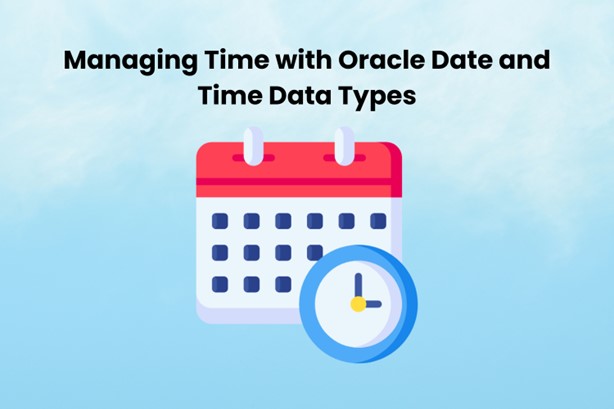Introduction
In today’s digitally-driven world, data mining is a crucial profession that transforms vast datasets into relevant insights. It includes obtaining relevant elements from unprocessed data to determine relationships, trends, and insights.
This assignment guides learners through the data mining process, from detecting raw data to employing advanced tools to convert it into useful information. Its objective is to shed light on the technologies that help us make connections with the digital footprints we leave behind all the time.
What is data mining and what are its uses?
Data mining is the computerized analysis of patterns, relations, deviations, and highly significant structures in large databases. Knowledge acquisition in databases (KDD) is another name for it. It means turning raw data into useful and significant knowledge via the use of various methods, algorithms, and strategies.
Uses of Data Mining
- Segmentation of customers: Businesses implement data mining to determine unique categories of customers based on earlier purchases, demographics, or behavioral trends. This allows for specific marketing campaigns and personalized offerings.
- Analysis of the Market Basket: Retailers use data mining to figure out which products are usually bought together. This can be used to direct market positioning, promotions, and cross-selling methods. One example is the revelation that consumers who purchase diapers also purchase baby wipes.
- Detection of Fraud: Data mining is used by financial organizations and credit card companies to identify strange trends or practices that may signal fraudulent activity.
- Management of Risk: Data mining is implemented by insurance firms to forecast the possibility of disputes based on a customer’s profile and history.
- Analysis of the Stock Exchange: Data mining is used by traders and financial institutions to forecast variations in stock prices and make well-informed choices regarding investments.
Data mining delivers you the tools and techniques you require to uncover hidden insights from massive volumes of data. In an age of data explosion, the ability to obtain useful insights from this data is crucial for decision-making, planning, and maximizing many parts of business and research.
Understanding Unprocessed Data
Unprocessed data, also known as raw data, is information that has not been modified, cured, or structured after it has been collected. It is the result of data collecting and is typically used as the starting point for any data analysis or data mining operation.
Common Sources of Unprocessed Data
- Databases: Traditional relational databases usually contain massive volumes of operational raw data, such as sales records, customer information, or inventory logs.
- Web scraping: Data gathered from websites and web pages is typically raw and requires further processing before it can be used.
- Social Media: Sites such as Twitter, Facebook, and Instagram create huge quantities of content generated by users, which serves as a rich supply of raw data.
- Sensors and IoT gadgets: Wearable health monitors, smart home gadgets, and sensors for industry offer massive amounts of real-time data.
- Images and videos: With a growing number of multimedia platforms and programs, visual data now accounts for an important proportion of raw data sources.
What are the 8 steps of the data mining process?
To make sure that insights and patterns are efficiently obtained from massive datasets, the data mining process frequently follows an established method. While various professionals may outline the procedure differently, the Cross-Industry Recommended Practice for Data Mining (CRISP-DM) is a widely accepted method.
It specifies six basic steps. However, an extended 8-step process to give more information:
- Understanding of Business: Identify the core goals of the project from a business standpoint. Consider resources, timeframes, and other logistical issues while planning a project.
- Data comprehension: Acquire data from accessible sources while keeping the needs and data format in mind. Use analytics and graphical tools to execute preliminary analysis to understand the features of the data.
- Preparation of Data: Data Cleaning is a method of deleting noise and correcting errors in data. Take care of missing values. Data transformation is the process of transforming data into acceptable formats or structures for mining. Normalization, aggregation, and other operations may be required.
- Integration of Data: Integrate different sources of data to create an amalgamated dataset. Resolve data that indicates identical entities but presents differently (for example, the same person’s data with multiple spellings of their name).
- Selection of Data: From the larger dataset, select a subset of data elements and sample size based on the mining goals. Create fresh variables (features) that may assist in the mining process.
- Modeling: Depending on the problem type, select the suitable data mining approach or algorithm (classification, clustering, regression, etc.). Using the dataset, use the algorithm that was selected to train a model.
- Evaluation: Evaluate the trained model’s dependability and precision using a distinct dataset (not used for training). Making certain that the model fits the basic business objectives and needs.
- Deployment: Connectivity is the process of incorporating the model into the desired application or business process. Consistently verify the model’s performance in the real world and make appropriate improvements.
Why Do Students Need Data Mining Assignment Help?
- Among the applications of data mining include surveys, machine learning, data warehousing, and pattern recognition. Students may find the subject’s vast scope and depth to be too much to handle, especially if they are unfamiliar with it.
- Data mining depends entirely on mathematical and statistical ideas. Students who do not have a good mathematics base may have trouble with this type of concept.
- Developing and executing data mining methods can be difficult, particularly for individuals who have no previous experience with programming.
- Real-world data is sometimes jumbled, incomplete, and broad. Filtering and preprocessing such data might be challenging even before data mining begins.
- While tools such as Weka, R, Python, and RapidMiner enable data mining a bit simpler, learning them needs effort and practice. Data Mining Assignment frequently needs students to be knowledgeable in a variety of tools.
- Data Mining Assignment Help is not only required to develop models but also to comprehend how to assess their accuracy, validity, and reliability, which needs more detailed knowledge.
Why Should You Prefer Our Data Mining Assignment Help Services Online?
- Our data mining assignment helper is formed by PhD holders, industry-trained professionals, and data scientists with years of data mining experience.
- We guarantee exclusive material possessions. To guarantee authenticity, all assignments on Data Mining undergo scrutiny using plagiarism detection software.
- There are no additional costs or last-minute adjustments. Our pricing structure is completely transparent.
- We stick to timeframes and ensure that all assignments get finished on or before the due date.
- Our customer support team is available to address any queries, problems, or comments around the clock, seven days a week.
Conclusion
Students may find it challenging to understand the complexities of data mining. This gap is bridged by our Assignment Writing Help, which provides expert insights and specialized solutions. We provide educational achievement and in-depth knowledge of this important topic, from raw data to actionable insights, making the learning process smoother and more efficient.












